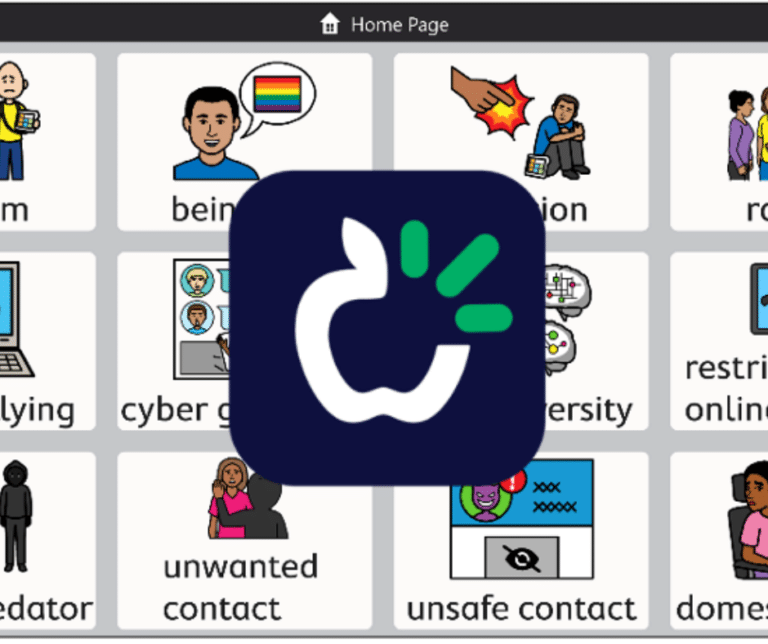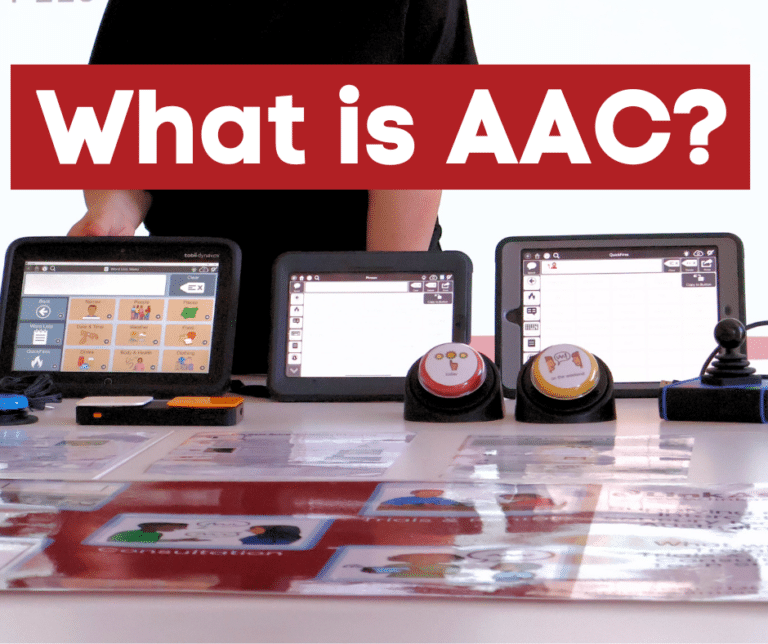
What is aphasia?
Aphasia is an acquired language difficulty that affects a person’s ability to communicate. It typically results from damage to the parts of the brain responsible for language, such as those caused by a stroke, head injury, brain tumor, or an infection. The severity and specific characteristics of aphasia depend on the location and extent of the brain damage. It happens when the language areas of the brain are damaged.
Aphasia can be caused by:
- stroke,
- traumatic brain injury,
- brain tumour,
- Primary Progressive Aphasia (a type of dementia), and
- epilepsy.
About 140,000 people in Australia live with aphasia.
Common symptoms of aphasia include:
– Difficulty speaking or finding the right words.
– Speaking in short or incomplete sentences.
– Using incorrect or nonsensical words.
– Difficulty understanding spoken or written language.
– Difficulty reading or writing.
Aphasia can have a significant impact on a person’s daily life and communication abilities. Speech and language therapy is the primary treatment, focusing on improving language skills and finding alternative ways to communicate. The prognosis for aphasia varies depending on the cause and severity of the brain damage, as well as the individual’s overall health and response to therapy.
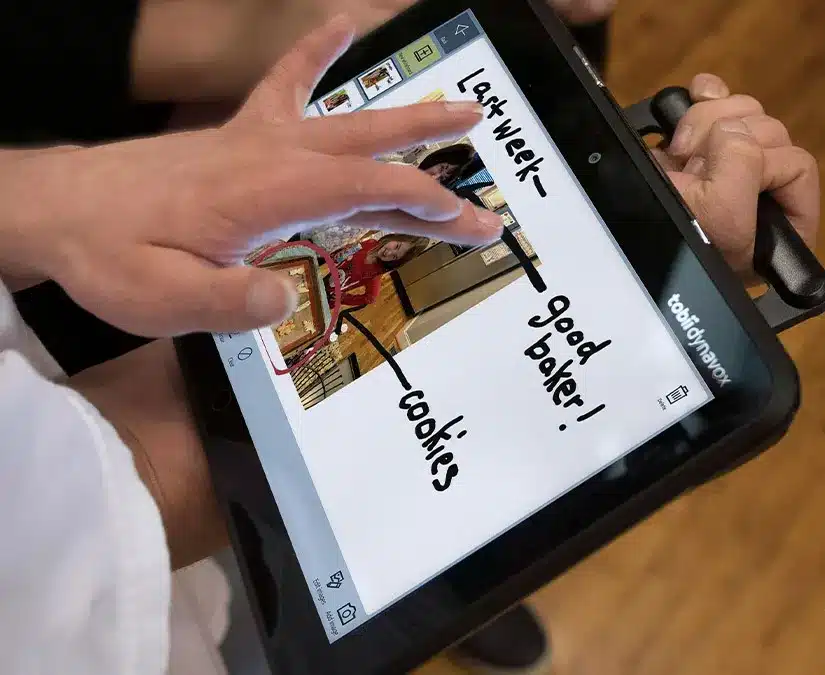
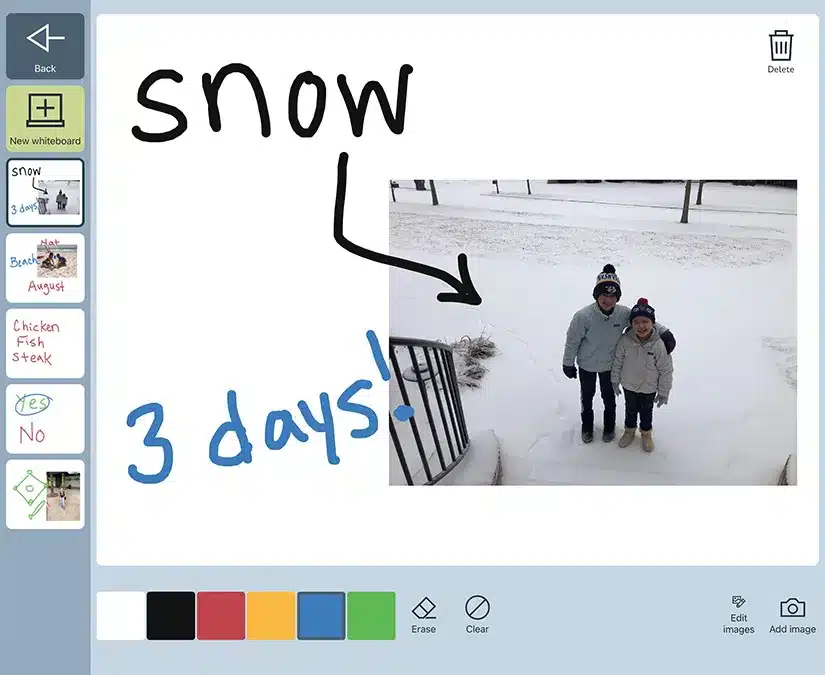
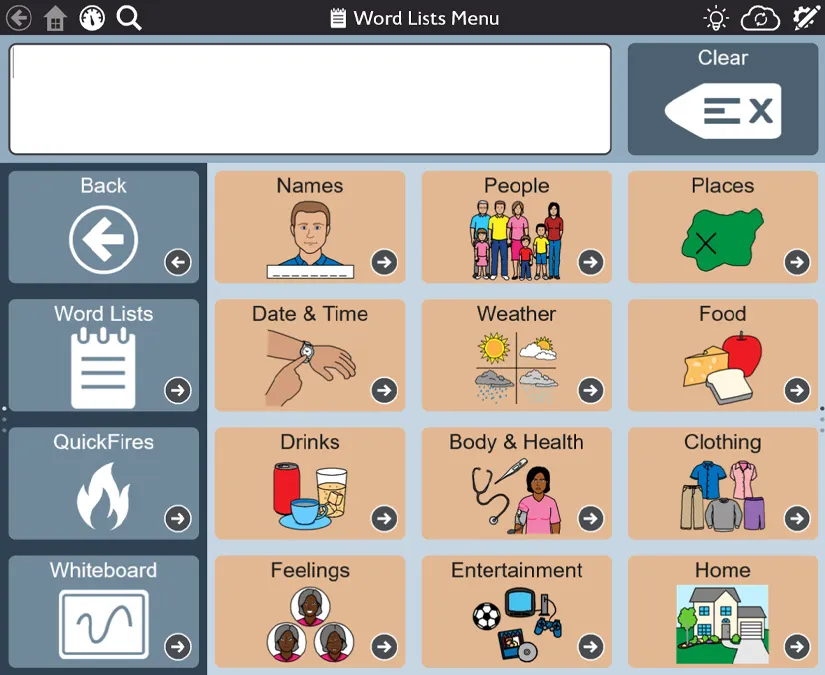

Please click the links to see downloadable resources for TD Snap Aphasia pageset
AAC for Aphasia
Information on the communication tools and resources for the TD Snap Aphasia pageset
Aphasia Communication Book
A FREE light tech printable communication book
Aphasia Pocket Guide for Caregivers
Practical ways to improve communication with loved ones at any stage of their recovery
Tips for selecting photographs
Handy hits for choosing photos and the research for using visual scenes to support communication
Telling your stories
Share stories with others is an important component of social interaction
Using Communication Tools to Participate in Everyday Activities
The Aphasia Pages provide several tools that support communication in all environments.
Communication Partner Techniques for Supporting Individuals with Aphasia
These tips are appropriate for any person with speech and language difficulties (e.g., cerebral palsy, traumatic brain injury, etc.).
Communication Activity and Therapy Guide for Aphasia
The purpose of this guide is to support speech and communication using a multimodal approach.
Topic Interest Inventory
This checklist is a convenient and easy way to point you toward topics and interest areas to focus on when supporting communication.
Aphasia Pages Training Cards
These are the TobiiDynavox Aphasia Pages Training Cards. They will help you start using a variety of tools to support communication in your daily life.
